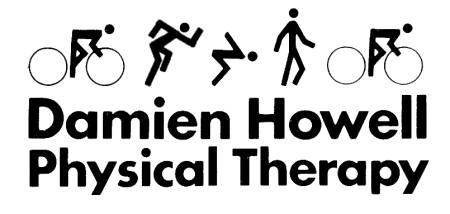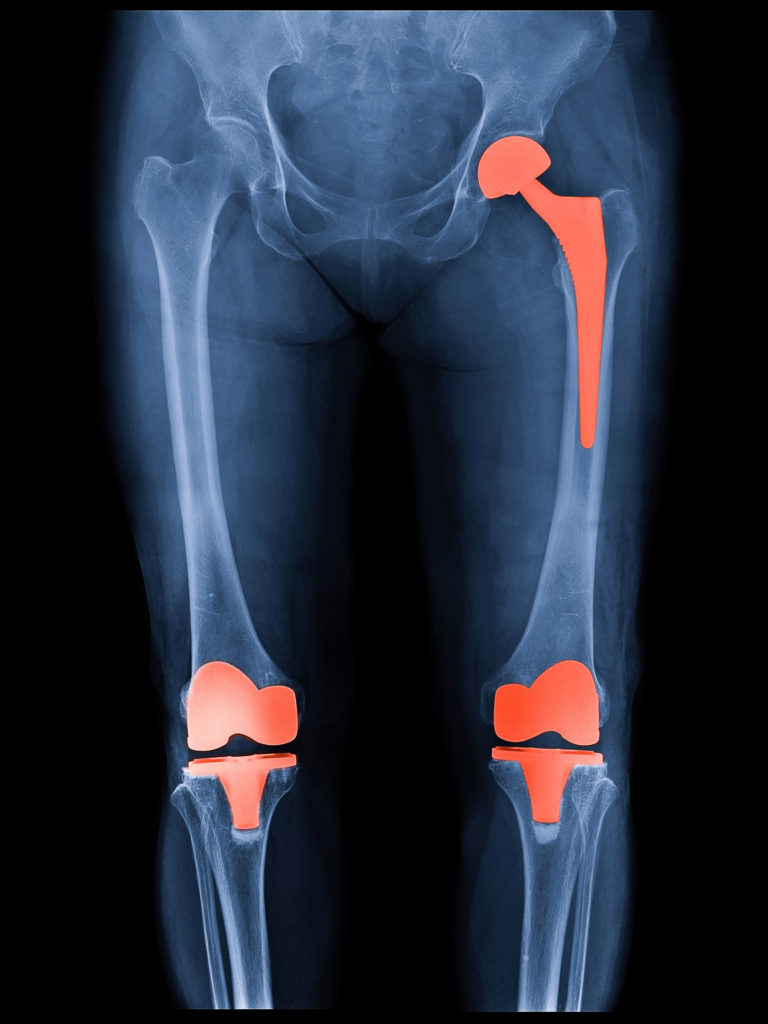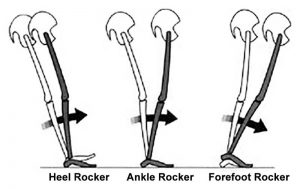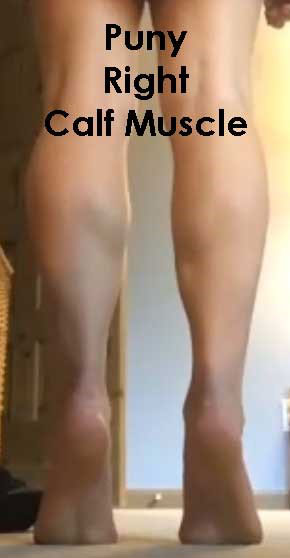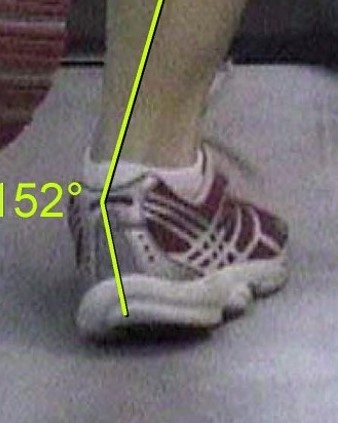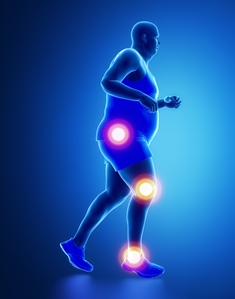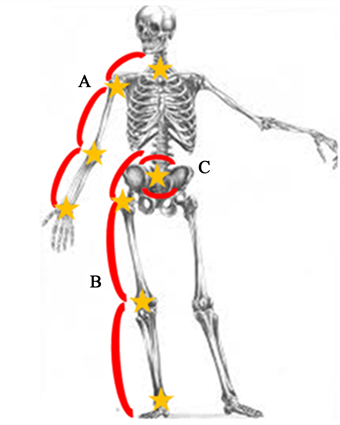Posts Tagged ‘knee pain’
How 2D video motion analysis facilitates problem solving, reflective learning, & identification of novel interventions
The referral of this gentleman in the video below was for an exercise program for chronic right knee pain. The patient and the referring Physician Assistant expressed expectations that an exercise program would help decrease his pain so he could return to playing recreational basketball. There is ongoing controversy about whether high-intensity quadriceps strengthening exercises…
Read MoreSensory preference & learning optimal movement
There are many cognitive strategies to cue, prompt, and provide feedback to improve movement. Theory of focus of attention The dominant theory proposed by Gabriele Wulf and colleagues is providing cueing, prompting, or feedback to facilitate learning to move in a more optimal way is using an external focus of attention is more effective and…
Read MoreHome based Physical Therapy Services – unique benefits of observing real-world issues
Traditionally physical therapy services provided at a person’s home occurs when the individual was “homebound.” According to Medicare regulations homebound is the patient requires assistance to leave home and that when they do, it requires a considerable, tasking effort. This is no longer the case. You do not need to be considered home-bound to receive…
Read MoreOptimizing human movement requires clarity of description of movement
To know where you are going you must first know where you are. To optimize human movement, analysis of human movement is required. To identify optimal human movement clear qualitative and quantitative descriptions are needed. When describing human movement confusion occurs when we fail to clearly identify a frame of reference and reference point. A…
Read MoreNew developments in joint replacement surgery & rehabilitation
The use of joint replacement surgery for hip and knee pain has evolved greatly since I started my Physical Therapy career many years ago. Joint replacement is occurring in younger individuals Younger individuals are having joint replacement surgery. Data from 2000 to 2009 for individuals from 45 to 64 years old there was a 188%…
Read MoreGait deviations clustering gait deviations – injury – new data
In a previous blog article, I discussed the question “Is there a gait deviation or cluster of gait deviations which is common across musculoskeletal pain syndromes?” The consensus is currently there is no definitive evidence suggesting one gait deviation or cluster of gait deviations occurs more frequently or is more important than another. More research…
Read MorePuny Calf Muscles Syndrome
It is time to replace the common belief that stretching exercises should occur before exercise or sporting activity with a newer concept that strengthening exercises for the calf muscles should occur before exercise or sporting activities. During warm up for exercise & sporting activity make a conscious effort to walk with spring in your step. Reactivating & reversing puny calf muscles can prevent injury, increase athletic performance, forestall old person shuffle, & look better.
Read MoreGait Deviations Musculoskeletal Pain Syndromes: Is there a gait deviation or cluster of gait deviations which is common across musculoskeletal pain syndromes?
Gait deviations are considered risk factors and/or causative drivers for musculoskeletal pain syndromes. There is a growing body of research showing a relationship between gait deviations and musculoskeletal pain syndromes injuries: shin pain (here, & here,) ; patella-femoral arthralgia (here); IT band syndrome; Achilles pain; plantar heel pain (here, & here). There is growing consensus…
Read MoreHow to exercise to lose weight when exercise is painful
High body mass index (BMI) is significant factor in low back pain, osteoarthritis; hip osteoarthritis; knee osteoarthritis, plantar heel pain. Weight loss intervention for pain reduction Decreasing body weight is an effective intervention to decrease musculoskeletal pain. Research by Stephen Messier at Wake Forest U, looking at individuals with painful osteoarthritis of the knee who…
Read More“Deme Bones” – Regional interdependence
The common reframe from the old spiritual song “dem bones” is the “toe bone is connected to foot bone”. In the medical community this concept of mechanical connectiveness is referred to as “regional interdependence”. Regional interdependence is seemingly unrelated impairments in remote anatomical regions of the body may contribute to and be associated with a…
Read More